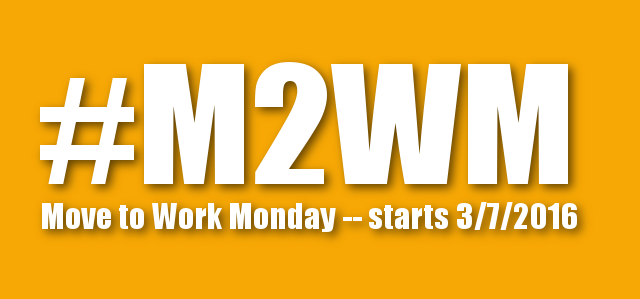Folks, we have a MOVEMENT crisis on our hands. Specifically, a lack of movement crisis. As we have heard before, a lack of physical activity or simply, movement, is killing us. Literally. Physical inactivity has been directly linked to the disease burden from cardiovascular disease (6%), type 2 diabetes (7%), breast (10%) and colon (10%) cancer and 9 percent of premature deaths worldwide1. To put that into real numbers, in the year 2008 over 5.3 million people died prematurely as a direct result of physical inactivity. Add that to the fact that over one-third of adults and one-fifth of children in America are obese.2 Despite strong evidence that physical activity reduces the incidence of non-communicable disease (heart disease, some cancers, etc.) and can prevent premature death, the vast majority of Americans do not meet the Centers for Disease Control and Prevention (CDC) recommended guidelines for physical activity.3
In 2013, the physical therapy profession said we are ready to transform society. If you read the above paragraph you understand why. But the question is, how? The 2008 CDC Physical Activity Guidelines state that 150 minutes per week of moderate to vigorous physical activity is sufficient to reduce the risk of all-cause mortality by up to 30%.3 Physical activity (movement) is the key to societal transformation and there is not a health professional that is better equipped to address the inactivity epidemic in America than physical therapists.
For individuals who are inactive, going from 0 to 150 minutes per week of physical activity is a tall order, so let’s start with the low hanging fruit. Almost all of us have places to go on a given day: work, school, stores; and many of these destinations are within a reasonable walk or bike distance.4 Not surprisingly, very few trips are made by walking and even fewer by biking in the United States. However, in places like Germany where the culture and infrastructure is more supportive of active transportation, a large proportion of the population is able to meet the recommended dose of physical activity by walking or biking as a means of commuting.5
Active transportation has the potential to help us leverage physical activity as a means to transform society. For this to occur, Americans will need to shift their reliance on the personal automobile for primary transportation and instead consider active or public transit. And this is where you come in. YES YOU! Physical Therapists. Movement optimizers. Society transformers. I am calling on YOU to help be the change.
Starting Monday, March 7th join me in “Move to Work Monday”: a weekly #MOVEment to help #FreeTheYoke. The idea is simple: instead of driving to work, move. Lace up your sneakers, hop on your bike or walk to the bus stop and use movement to get to work (or school, or the store or wherever). But it doesn’t stop there. Tell people about it. Use the hashtag #M2WM. Tell your clients, coworkers, friends and family what you’re doing and why you’re doing it. Inspire people. Be the change.
See you Monday.
Chris Hinze, PT, DPT

